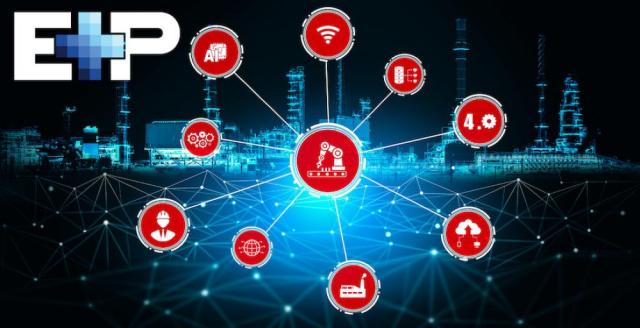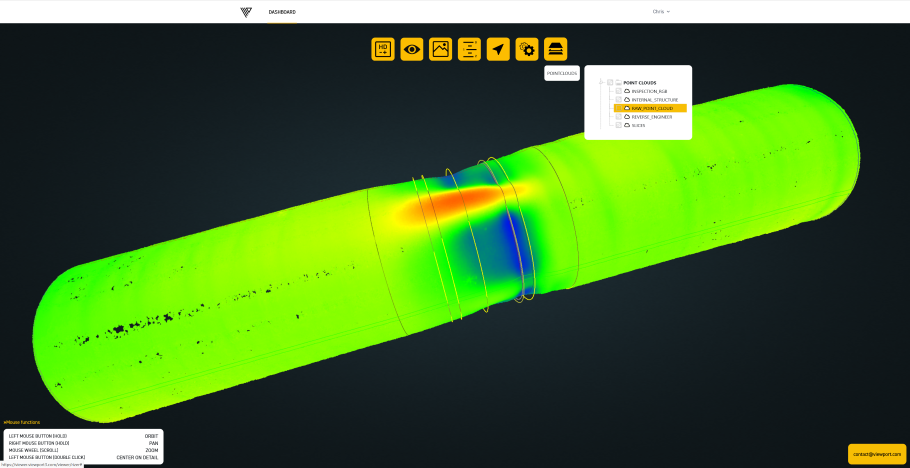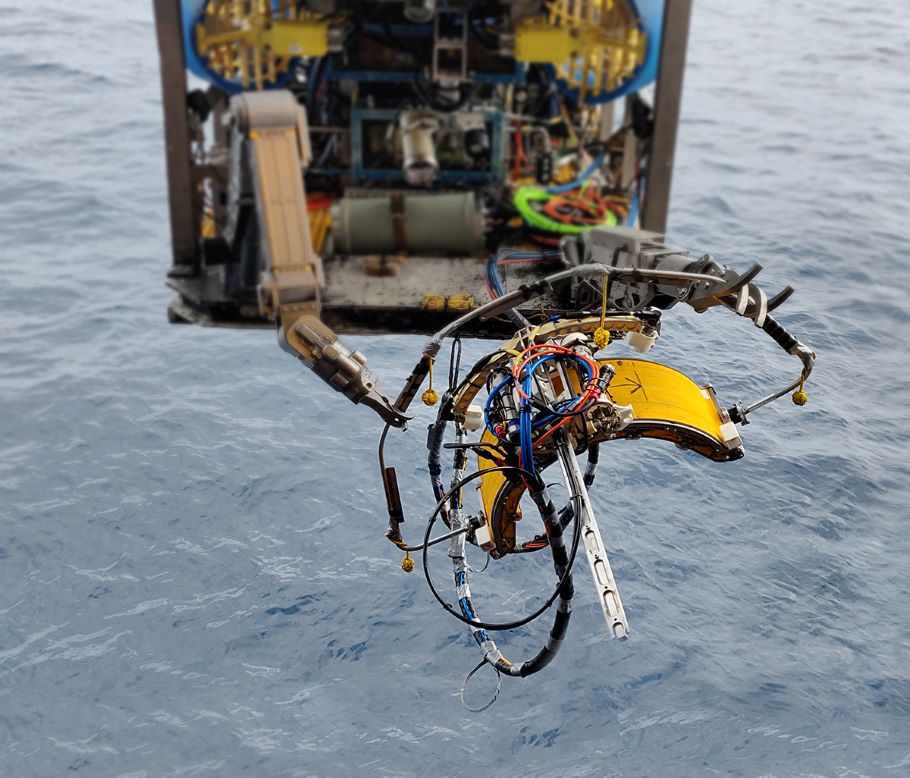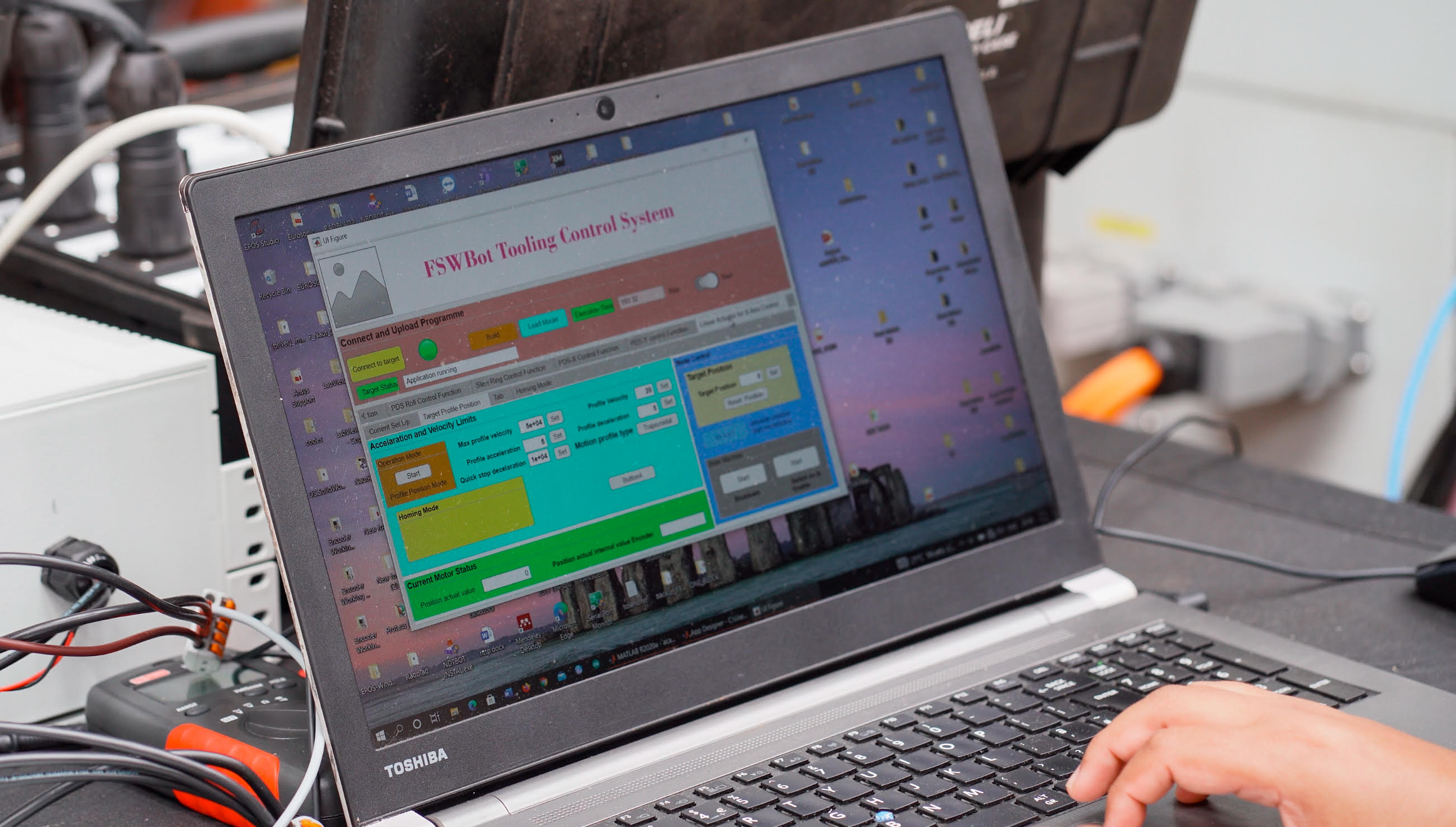
Presented by:

Editor's note: This article appears in the special OTC edition of the E&P newsletter. Subscribe here.
This weekly section highlights the latest upstream technologies and services for the oil and gas industry. The copy herein is compiled from press releases and product announcements from service companies and does not reflect the opinions of Hart Energy. Submit your company’s updates related to new technology products and services to Ariana Hurtado at ahurtado@hartenergy.com.
New online viewer platform for reviewing 3D data files

Viewport3, a 3D scanning specialist, has developed a new online viewer platform for reviewing 3D data files. Viewport View brings users closer to their 3D data, regardless of the format or who collected it. The platform has been designed to offer simple, user-friendly access to 3D data files, without the requirement for any specialist hardware, training or installation. It brings 3D data to life, and so it bridges the understanding gap for nontechnical personnel in a way that a stack of 2D drawings simply cannot. It is intended for use across organizations, facilitating cross-discipline collaboration and inclusive conversations. The web-based platform operates on any office-standard PC or laptop without any software being installed and can be accessed from anywhere. Nonetheless the Viewport3 team remains on hand to support users of the View as and when it may be required.
ROV-deployed scanning tool solves challenge of tight access inspections

TSC Subsea, a specialist in developing advanced subsea inspection solutions for challenging situations, has designed a new ROV-deployed automated scanning tool that addresses the issue of carrying out tight access field joint inspection through difficult-to-penetrate pipeline coating. The ARTEMIS vCompact, a smaller, lightweight, more-flexible version of the standard ARTEMIS, was designed, developed and built by TSC Subsea’s engineers to work in tandem with inspection class ROV for the remote inspection of pipelines and structures. It was designed and built in a turnaround time of less than six weeks to meet the precise requirements of a project for Beach Energy in Australia’s Bass Strait to carry out wall thickness inspection on the 20-inch Otway pipeline near the Thylacine A platform. The location of the pipeline joints required the inspection to be conducted remotely within a very narrow field joint section, which was too confined for the standard ARTEMIS. The ARTEMIS vCompact was then developed. Its design incorporates TSC Subsea’s acoustic resonance technology, which is the only high-resolution technology that penetrates and inspects through thick subsea coating with lightweight, high-precision three-axis scanning to produce high-accuracy wall thickness measurements and corrosion mapping. Strong magnetic feet fix the scanner firmly in position. The ROV then detaches and stands off, negating the need for it to hold station accurately for long periods of time. The tooling utilizes motorized and encoded manipulators that enable the probe to accurately follow the areas to be inspected. Inspection data are transferred to a topside computer and can be analyzed from anywhere in the world.
Robotics repair oil pipelines from remote distance without need to stop production

A team led by Forth Engineering Ltd. has worked for the past 2.5 years on the creation of FSWBot, a friction stir welding robotic crawler devised for internal repair and refurbishment of pipelines, and they are looking for assistance to help bring the working prototype to the commercial stage. The FSWBot is being developed to travel hundreds of miles down an oil pipeline to scan for any defects in the structure and carry out subsequent repairs, all while oil continues to flow. The robot is controlled remotely by engineers at a safe distance from the pipeline. This process will remove the need for divers to work on pipelines and for oil production to be halted, therefore saving significant time, money and, by removing humans from hazardous environments, potentially saving lives. The FSWBot technology allows the robot to walk to the exact point of defect, place a milling patch in place and then weld the problem area.
Forth has produced a concept model of the FSWBot and successfully demonstrated the prototype to a consortium of partners at its headquarters in Cumbria in July. The Innovate U.K.-backed project has also been supported by partners TWI, Joining 4.0 Innovation Centre (a partnership between TWI and Lancaster University), Innvotek and London South Bank University. Now that the pilot system has been demonstrated successfully, Forth is seeking further partners for full commercial deployment of the equipment.
ROV shackles and hooks designed to increase subsea efficiencies
Some sea creatures are more specialized than others and more fit to the extreme conditions under water. Van Beest's subsea shackles and hooks for ROV operations are designed and produced for more control and more precision. The Green Pin ROV range features two types of ROV hooks designed for subsea lifting: the Green Pin ROV eye hook and Green Pin ROV shank hook. The company also offers four types of ROV release shackles and two types of combined release and retrieve shackles. Showpieces in this range are the Green Pin guided pin ROV shackle (for release and retrieve operations) and the Green Pin locking clamp ROV (sling) shackle (for release operations only). ROV release shackles are available with spring pins, locking clamps or spring loading.
DLM invests in hire fleet
Dynamic Load Monitoring Ltd. (DLM) has reinvested in its hire fleet as demand grows for short- and mid-term use of products such as its running line monitors (RLMs). DLM’s standard range of RLMs are typically used in cable laying, towing, mooring and other winch operations to measure and record line tension, pay-out and speed. Most hires are for multiple items of equipment, which might be several tensile links, shackles or compressive lead cells for the lifting and rigging sector, or multiple RLMs and displays for an offshore project. The marine industry also regularly hires multiple items to be used in conjunction with each other, such as RLMs with a saddleback and a grapnel train—part of DLM’s pre-lay grapnel run deck spread. With rentals for the marine/offshore industry often lasting up to 120 days at a time, the need for a large rental inventory is illustrated further.
Recommended Reading
US Drillers Add Oil, Gas Rigs for First Time in Five Weeks
2024-04-19 - The oil and gas rig count, an early indicator of future output, rose by two to 619 in the week to April 19.
Strike Energy Updates 3D Seismic Acquisition in Perth Basin
2024-04-19 - Strike Energy completed its 3D seismic acquisition of Ocean Hill on schedule and under budget, the company said.
Santos’ Pikka Phase 1 in Alaska to Deliver First Oil by 2026
2024-04-18 - Australia's Santos expects first oil to flow from the 80,000 bbl/d Pikka Phase 1 project in Alaska by 2026, diversifying Santos' portfolio and reducing geographic concentration risk.
Iraq to Seek Bids for Oil, Gas Contracts April 27
2024-04-18 - Iraq will auction 30 new oil and gas projects in two licensing rounds distributed across the country.
Vår Energi Hits Oil with Ringhorne North
2024-04-17 - Vår Energi’s North Sea discovery de-risks drilling prospects in the area and could be tied back to Balder area infrastructure.



